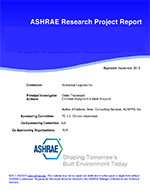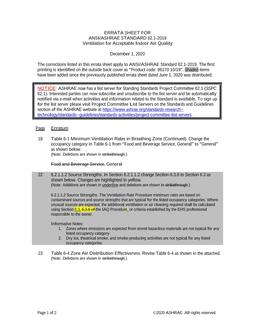Metallic heat exchangers have a number of well-known shortcomings such as high weight and cost and low resistance to corrosion. Polymeric hollow fiber heat exchangers were proposed about decade ago as an alternative for low temperature applications. Although experimental results have been published for liquid-to-liquid applications, there is no data for liquid-to-gas applications. To overcome this lack of data, a number of heat exchangers were prepared and tested. Two types of polypropylene hollow fibers (wall thickness 50 microm, outside diameter 550 microm and 700 microm) were used to create heat exchangers with heat exchange areas 0.2 – 0.25 m². An original approach (fiber fabric were woven) was utilized to achieve a uniform distribution of fibers. The heat transfer performance was studied with hot (40-90 °C) ethyleneglycol-water brine flowing inside the fibers and cooling air flowing across the fibers. Experiments showed that hollow fiber cross-flow heat exchangers can achieve high values of overall heat-transfer coefficients (300-600 W/m² K).
Citation: ASHRAE Papers CD: 2014 ASHRAE Annual Conference, Seattle, WA
Product Details
- Published:
- 2014
- Number of Pages:
- 9
- File Size:
- 1 file , 2.2 MB
- Product Code(s):
- D-SE-14-C059


